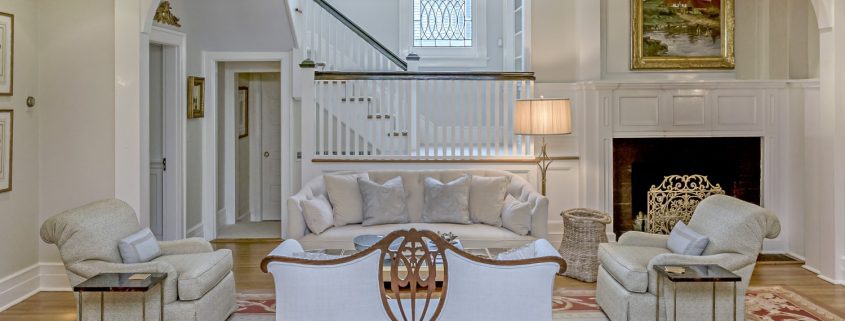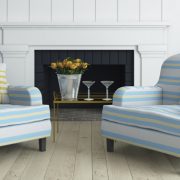New Trend – Living Rooms Are Heading Upstairs
After years of hearing the buzzwords “open concept”, homes are starting to see a bit more compartmentalization with additional cozy places to retire becoming more common.
As such, upper-level living rooms are becoming a sought-after space among homeowners, The Wall Street Journal reports. Homeowners are finding these second-floor lounges can be more informal spaces than living areas on the first floor—and can offer more privacy, too.
The idea behind these spaces are nothing new. Historic homes often have included an upstairs “retiring room” for mothers nursing children or for resting midday, says T. Jeffrey Clarke, an architect in Philadelphia, and Karla Murtaugh Homes has a few homes on the market right now that embody these qualities. You can check out 321 Main Street, 22 Oak Knoll Road, 285 West Lane and 258 Black Rock Turnpike, just to name a few.
Upper-level living rooms—sometimes labeled “pajama lounges”—are usually located right off bedrooms. They may include comfy sofas, a kitchenette, a television, and even a nook to work from. Architects are removing long hallway spaces upstairs to make room for these central living spaces upstairs.
The lounge area is intended for “the bedrooms [to] spill out, and the family can have a space to assemble,” says Kobi Karp, an architect in Miami who recently designed an upper-level living room in one of his projects. “It’s where you go on a Sunday morning and wait for the rest of the house to wake up.”
Upper-level living rooms tend to be more casual than their lower counterparts. They also tend to have recessed lighting instead of chandeliers and favor cozier seating areas over larger sectionals.
As families create new functions for classic spaces, it’s nice to see a trend recognizing the value that an antique home’s architecture and design brings to a modern world.
Source: “The Living Room Moves Upstairs,” The Wall Street Journal (Aug. 23, 2017)












